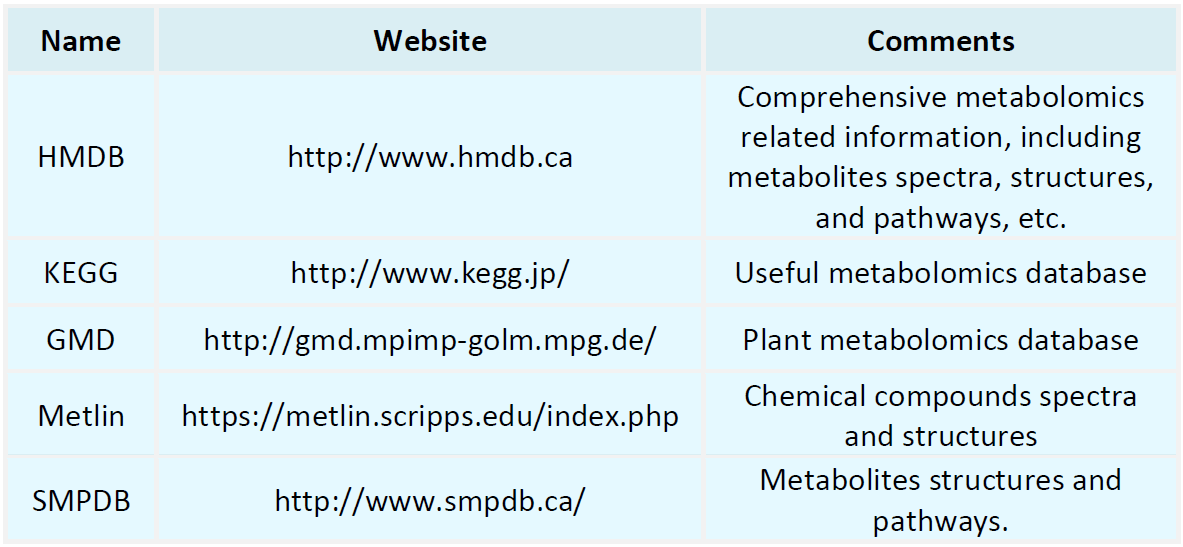Resources
Proteomics Databases

Metabolomics Databases

-
Phosphoproteomics is a critical subdiscipline of proteomics dedicated to the systematic investigation of protein phosphorylation within cells or tissues. Phosphorylation, one of the most prevalent and significant post-translational modifications (PTMs), involves the covalent attachment of a phosphate group to specific amino acid residues, typically serine (Ser), threonine (Thr), or tyrosine (Tyr), catalyzed by kinases. This modification regulates protein activity, structural conformation, subcellular ......
-
• What Is A Disulfide Bond in Proteins?
In the realm of protein science, the disulfide bond, although formed simply by a linkage between two sulfur atoms, plays a critical role in maintaining both the structural integrity and the functional activity of proteins. This article provides an in-depth scientific examination of disulfide bonds in proteins, aiming to elucidate the nature of this subtle yet essential covalent structure. Definition of a Disulfide Bond A disulfide bond is a covalent linkage formed between the sulfur atoms (–SH groups) of...
-
• How to Efficiently Conduct Olink Proteomics?
In biomarker discovery, clinical cohort investigations, and pharmaceutical development, the Olink proteomics platform, based on Proximity Extension Assay (PEA) technology, offers reliable data support with minimal sample input, high sensitivity, and substantial high-throughput capacity. To ensure both research efficiency and data reliability, research teams must make informed decisions at multiple stages, including study design, experimental execution, and data analysis. This article systematically ........
-
• How to Choose the Appropriate Strategies for Ubiquitinated Protein Enrichment?
Ubiquitination, a key reversible post-translational modification of proteins, plays a central role in various biological processes, including cell cycle regulation, protein degradation, DNA damage repair, and signal transduction. The comprehensiveness and precision of ubiquitination research are often contingent upon the use of efficient and highly selective ubiquitinated protein enrichment strategies. Requirements for these strategies vary considerably depending on the experimental objectives, sample .....
-
• What Is CUT&Tag? Principles, Workflow, and Advantages Explained
In recent years, the exploration of chromatin states has transitioned from ChIP-seq to more sensitive and efficient approaches. Among these, Cleavage Under Targets and Tagmentation (CUT&Tag) has gained significant prominence due to its high sensitivity, low background noise, and compatibility with high-throughput applications, making it a preferred technique in the field of chromatin epigenetics. This review provides a comprehensive examination of the principles, experimental workflow, and advantages of....
-
• What Is Non‑Degradative Ubiquitination?
In eukaryotic cells, ubiquitination represents a pivotal post-translational modification whereby the small protein ubiquitin is covalently conjugated to substrate proteins, thereby modulating their stability, activity, subcellular localization, and interaction networks. While the canonical and most extensively characterized role of ubiquitination is to direct proteins toward proteasomal degradation, typically via K48-linked polyubiquitin chains in the 26S proteasome pathway, accumulating evidence has ......
-
• How Different Enrichment Strategies Impact Acetylated Protein Detection: A Comparative Review
Protein acetylation, a crucial post-translational modification in eukaryotes, plays a pivotal role in regulating diverse biological processes, including gene expression, metabolic homeostasis, and cell cycle progression. In recent years, advances in mass spectrometry have significantly deepened acetylome research. However, because acetylation events often occur at low abundance, direct detection by mass spectrometry is frequently hindered by signal suppression from high-abundance proteins. Consequently.....
-
• How to Enrich Acetylated Peptides Before Mass Spectrometry?
Protein acetylation, predominantly occurring on lysine residues (K), represents a critical post-translational modification involved in regulating protein activity, stability, and subcellular localization. Owing to its inherently low abundance, weak signal intensity, and the complex background of proteomic samples, selective enrichment of acetylated peptides is essential prior to liquid chromatography–tandem mass spectrometry (LC–MS/MS) analysis to enhance detection sensitivity and achieve comprehensive.....
-
• How to Use Acetylation Data for Pathway Enrichment Analysis in Research?
Acetylation is a critical protein post-translational modification (PTM) that plays essential roles in diverse biological processes, including the regulation of cellular metabolism, signal transduction, and chromatin remodeling. With the advancement of high-resolution mass spectrometry technologies, researchers can systematically detect and identify acetylation sites, thereby enabling in-depth investigation of their biological functions. Within the vast datasets generated from acetylation studies, pathway...
-
Acetylation, a pivotal post-translational modification (PTM), plays a critical role in chromatin remodeling, metabolic regulation, and signal transduction. With the continuous advancement of mass spectrometry-based proteomics, investigations into acetylated proteomes have deepened considerably. However, owing to the inherently low abundance, transient nature, and dynamic regulation of acetylation, improving the sensitivity and specificity of acetylated protein quantification analyses remains a central .....
How to order?







